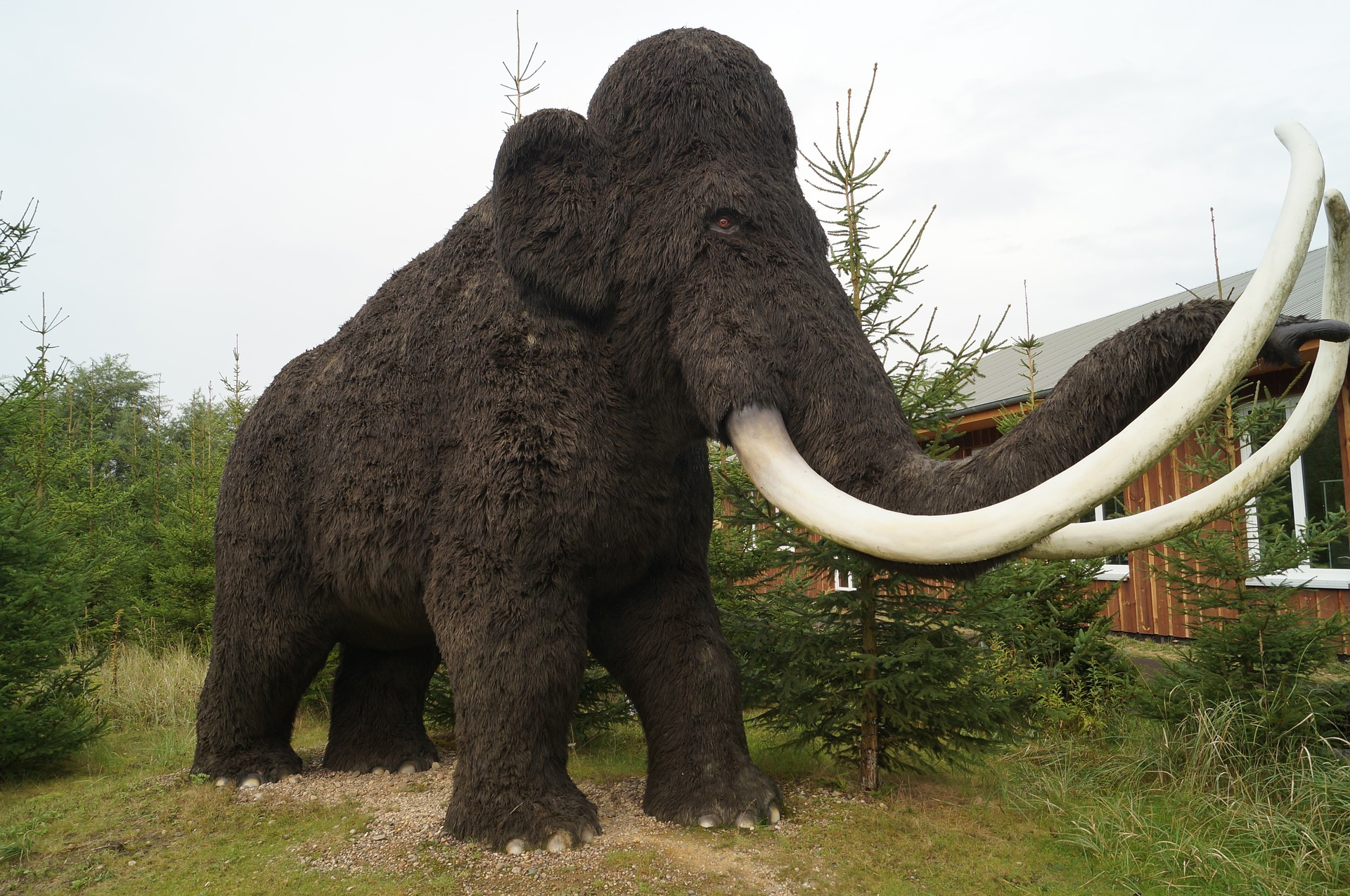While a recent study of giraffe fossils has unveiled new clues behind the evolution of giraffe necks, a farmer in Michigan has made a startling discovery: the remains of an ancient woolly mammoth.
The remains of the mammoth were discovered about 10 miles southwest of Ann Arbor, Michigan, in the Lima Township — just a few miles from Chelsea.
Roughly 20 percent of the fossilized remains — which include a skull, two tusks, shoulder blades, vertebrae and ribs — have been excavated by a team of paleontologists from the University of Michigan with the assistance of an excavator who donated his time to help the team with their excavation.
The discovery could shed light on early humans in the area, according to U-M paleontologist Daniel Fisher.
Fisher, who led the team behind the dig, was quoted in a U-Michigan news release as having said that the site harbors “excellent evidence of human activity” related to the remains of the mammoth.
According to Fisher, the director of U-M’s Museum of Paleontology as well as a professor at the university’s Department of Earth and Environmental Sciences and the Department of Ecology and Evolutionary Biology, the team of researchers believes that humans were not only active at the site, but “may have butchered and stashed the meat” in order to return for it at a later date.
We think that humans were here and may have butchered and stashed the meat so that they could come back later for it
The hypothesis of the team is that the remains for placed in a pond for storage and that the saving of the ancient elephant-esque beast’s meat is something that has been found at other sites in the same region.
In support of their hypothesis, basketball-sized boulders were recovered close to the remains — boulders which might have been used as anchors, keeping the carcass tied down in the water.
Close by, a small stone flake, perhaps a cutting tool of sorts, was discovered.
The remains themselves were not scattered at random, suggesting that someone may have, according to Fisher, “chopped a big chunk out” and saved it in the pond for later.
The remains were first discovered by James Bristle, a farmer who owns the property on which the bones were unearthed. Bristle was in a wheat field installing drainage pipes when the backhoe struck paleontology gold: a roughly 3-foot-long bone later identified by researchers to be a pelvis bone.
In regards to the discovery, Bristle stated that while they “didn’t know what it is,” they did know that “it was certainly a lot bigger than a cow bone.”
We didn’t know what it was, but we knew it was certainly a lot bigger than a cow bone (…) When my 5-year-old grandson came over and saw the pelvis, he just stood there with his jaw wide open and stared. He was in awe. So I think this was the right thing to do.
The land owner, Bristle, gave the team of excavators just one day to excavate the remains. Following the excavation, the pit from which the bones were unearthed was refilled.
In other mammoth news, the frozen remains of another mammoth excavated in Russia are so well preserved that they could lead to the reanimation of the long-lost behemoth of a creature, as researchers believe that the remains could very well be ripe for cloning.
Earlier this year, constructions workers were startled to find ice age fossils at a construction site in Carlsbad, California. As it turns out, the fossils belong to not only Columbian Mammoths, but horses, bison and even turtles.
























